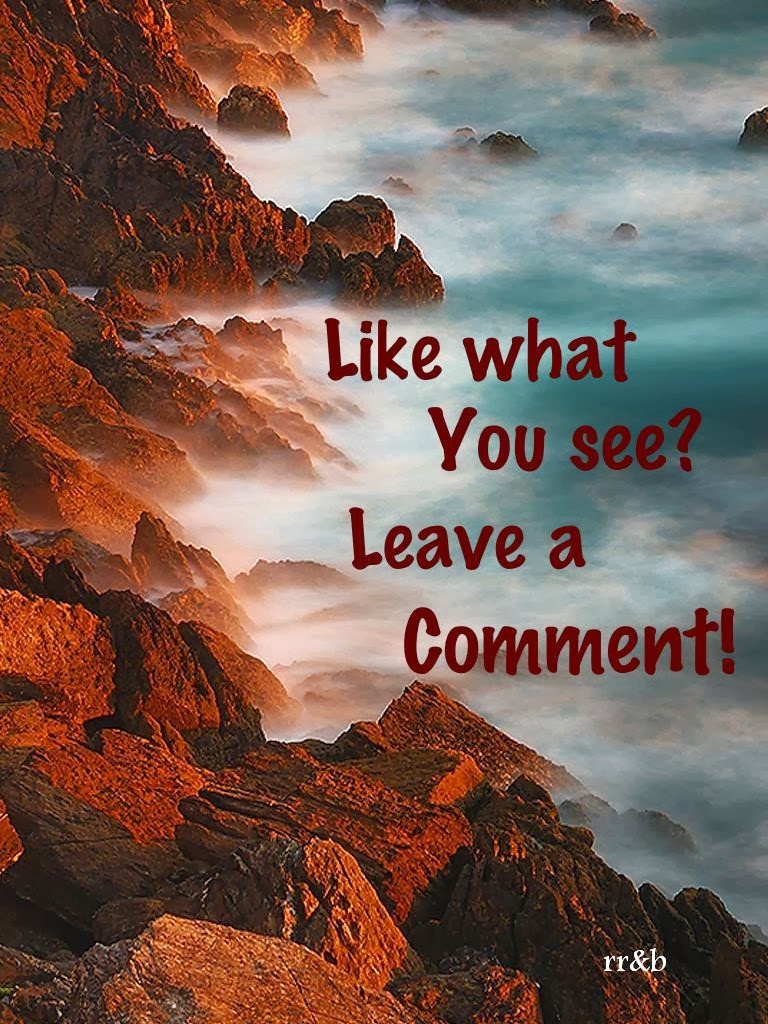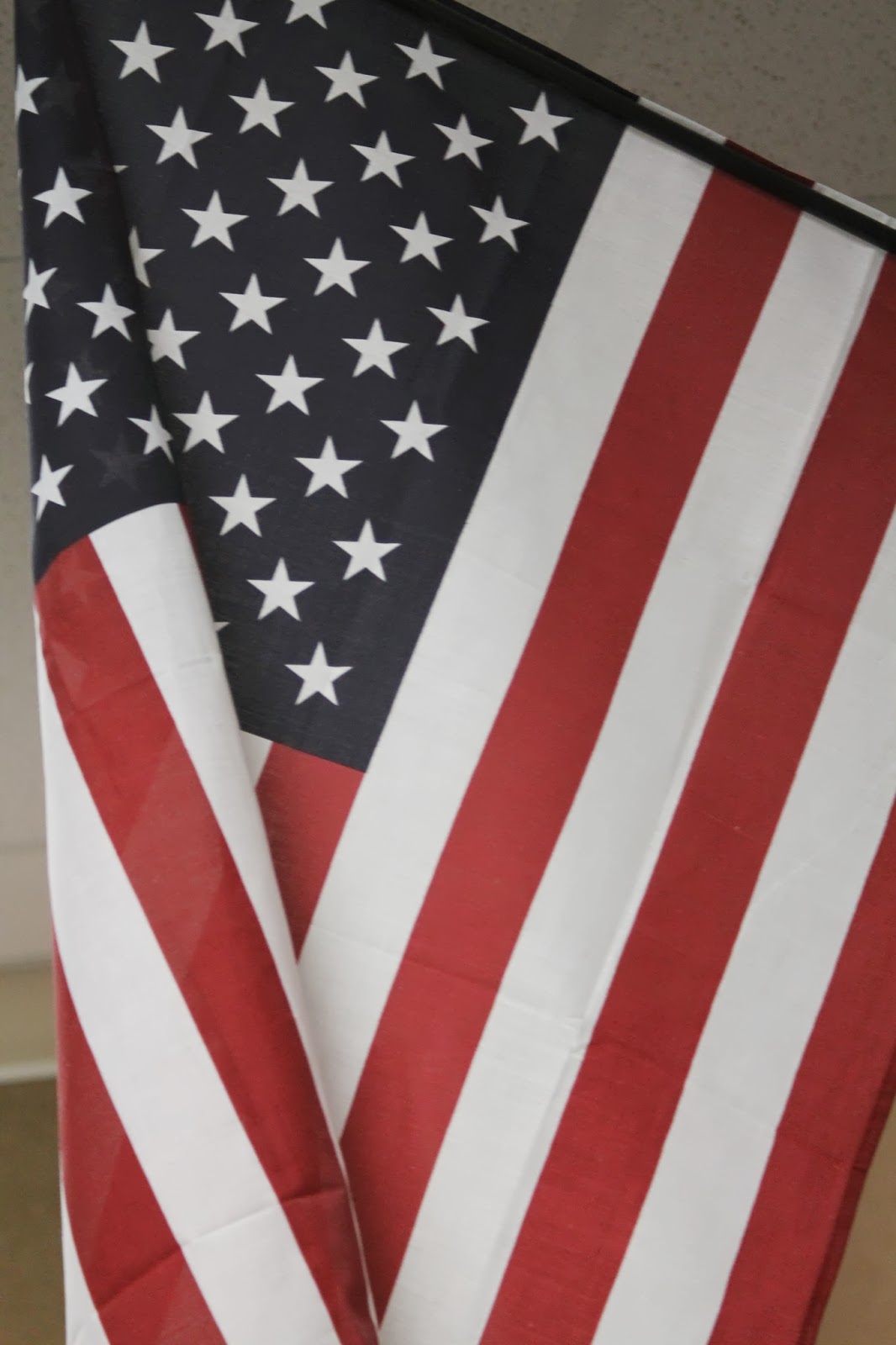Part 2: RR&B Assessment: Creating a Valuable Family History Blog
RootsTech 2014 conference presenter James Tanner broke the art of blogging down into six steps for his class: [and in brackets I have answered the questions pertaining to the RR&B blog as per our goals here under "Why"] 1. Be passionate: Focus on the thing or things you really want to write about, and stick with them. Make sure you have a lot to say about your blog topic.(1) [and in brackets I have answered the questions pertaining to the RR&B blog as per our goals] 2. Decide on an audience: Are you writing this blog just for you and your personal records? Is it meant to link all members of your extended family? Is it a how-to blog for other members of the genealogy community? Choose beforehand whom you are intending to address.(1) [numbers 1 & two of RR&B goals: 1--Share & exchange information about the Roberts family, and 2--Keep in touch with the Roberts family members] 3. Decide on a title: Tanner suggests being extra careful with this

